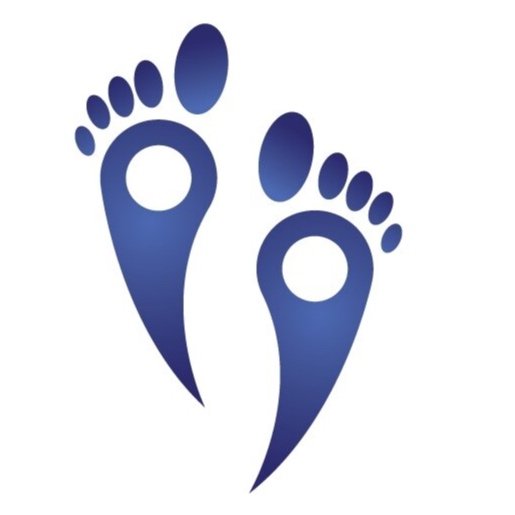Muscle Tear: felt snap during playing football or sports. Ultrasound Scan can diagnose extent of tear and help recovery.
Athletes involved in intense, high impact and physical demanding sports such as football tennis rugby squash cycling and running can be subject to various types of injuries, including muscle tears.
Prompt and accurate diagnosis of muscle tears is crucial for effective treatment and a successful recovery.
In recent years, ultrasound scan has emerged as a valuable tool in assessing muscle injuries, providing real-time imaging and enhancing the diagnosis process.
How to Manage the Immediate Aftermath of a Muscle Tear or Snap:
If you suspect that you've just experienced a muscle tear, it can be frustrating to wait for a doctor's appointment, as muscle tears are typically not considered emergencies. It is crucial to see a clinician if there is significant swelling or inability to move the injured area.
Clinicians can examine and request appropriate scan to diagnose a muscle tear following detailed history taking and examination. X-rays may be necessary to rule out fractures, but they do not reveal muscle injuries. For detailed imaging of the tissue, an ultrasound scan is the best option. It allows clinician to identify even the smallest muscle strains, determine the extent of partial or complete tears, and guide treatment decisions accordingly.
Effective ways to manage muscle tear:
1. Resting and Icing. Rest the injured muscle by avoiding any activities that cause pain. Apply ice to the affected area for 15-20 minutes at a time to reduce swelling and alleviate pain.
2. Consider using over-the-counter pain medication to help manage the pain
3. Consult a clinician immediately or if the symptoms do not improve after two weeks or more.
Understanding the symptoms of different types of strains can help distinguish between muscle strains and tears
· Grade I Strain: This is a mild injury where there is minimal stretching or tearing of the muscle fiber. The site of the injury may be tender, but the muscle retains its strength.
· Grade II Strain: More painful than a Grade I injury, a Grade II strain involves stretching or tearing of more muscle fibers, with some unaffected fibers remaining. Along with pain, there may be bruising, swelling, and loss of strength in the area.
· Grade III Strain: This is a complete tear of the muscle. If you felt a pop when the injury occurred, it may indicate a Grade III strain. Symptoms include intense pain, swelling, difficulty moving the affected joint or limb, and a visible depression in the skin.
Diagnostic ultrasound scan has revolutionised the diagnosis and management of muscle tears in football and sport injuries. By leveraging the benefits of diagnostic ultrasound scan, football players and athletes can receive prompt and accurate diagnoses, leading to appropriate treatment plans and optimised recovery timelines.
At The Podiatry & Physiotherapy Clinicians , our advance practitioners can perform ultrasound scan to provide prompt diagnosis and discuss management and rehabilitation including class IV LASER, shockwave therapy and tapping .
To book for an appointment you can call our normal reception line, 0121 285 5656 or email direct to hello@thepodiatryclinics.co.uk requesting an appointment. Please include your name, date of birth, your address and GP contact details.
You will be sent a form to complete and forward back to us or bring along on the day.




